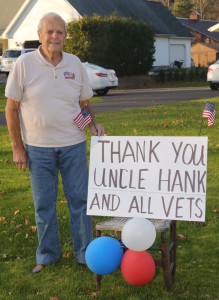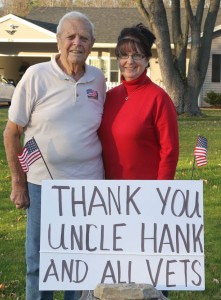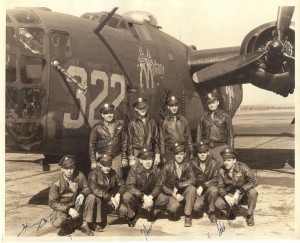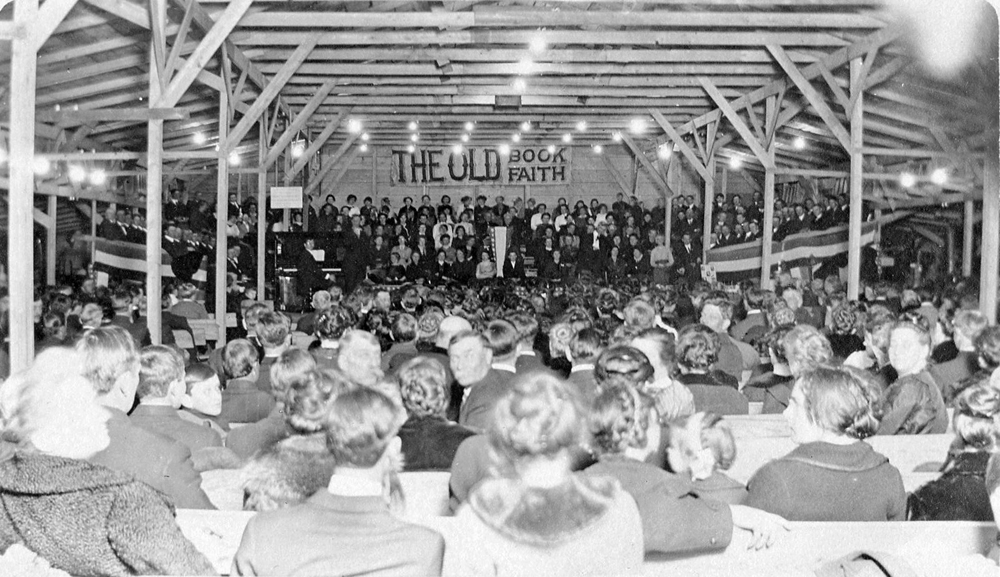A simple gesture of thanks

Parma resident Henry Ross, 90-years-old and a veteran of the United States Army Air Force, shares a home with his sister-in-law Carol Starwalt on Peck Road in Parma. About a year and a half ago he moved up from Florida. On November 11, Veterans Day, he had just finished breakfast when Carol exclaimed: “Did you see what’s out front? You’ve got to see it!” In the front yard, close to the road, was a sign with a red, a white and a blue balloon on it. It read: “Thank you, Uncle Hank, and all Vets.” Henry added: “I walked out and I said: It makes me weepy-eyed. I didn’t expect any recognition; it was a total surprise. My neighbor Debbie Dean always calls me Uncle Hank so we suspected it was her doing.” And it was.
Henry served with distinction. He was drafted in January 1943 and ended up in the 15th Army Air Force flying out of Italy. He was a radio-operator and waist gunner on a B-24 bomber. Henry actually flew 38 missions but was credited with 50 missions owning to especially dangerous flights made to bomb Ploesti, Munich, Vienna and several other targets.

On one mission to bomb the Ploesti oil refineries their plane lost the use of two engines from mechanical problems and had to turn back. While being attacked by a German fighter plane, the plane was hit by a 20 mm shell and Henry ended up with a bloody nick in his back. He received a purple heart for that. “I didn’t even know I was wounded,” he explained with a smile.
After the 50 missions he was rotated back to the States and ended up in Air Transport Command in Reno, Nevada, as a flight instructor for radio operators. He was a Tech Sergeant when discharged in October 1945.
Photographs and text by Walter Horylev




